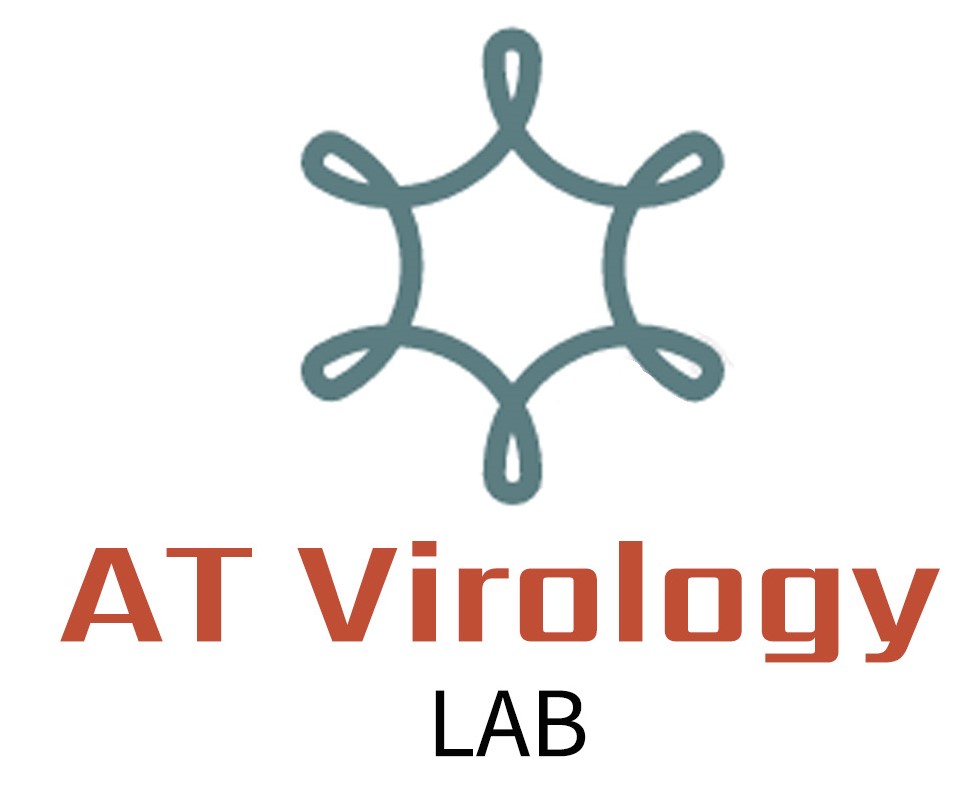Abstract
Monkeypox virus (Mpox) has been recognized for causing distinct skin lesions and is primarily transmitted through skin and sexual contact. To date, the transmissibility and pathogenesis of the Mpox virus in distal human lung has never been completely explored. Here the transmission pathways and Mpox tropism on patient-derived air-liquid epithelium (ALE) model fabricated using isolated primary human alveolar epithelial cells (hAECs) were investigated. hAECs were cultured and exposed to the Mpox virus clade IIb isolated from patient. DNA, proteins, and the tropism were elucidated using polymerase chain reaction (PCR), Western blot and high-content fluorescent imaging. Transmission electron microscopy (TEM) was employed to systematically observe the cellular distribution of viral particles. Viral titers were determined by TCID50 assay. Innate immune response and inflammatory mediators were measured using Milliplex® multiplex and ELISA analysis. Pathology at alveolar barrier integrity was determined using transepithelial electrical resistance (TEER) analysis. The study included mock-infected cells as control. Mpox virus significantly infected 42.82% of total hAEC populations. The prominent observed pathology included a significant reduction in TEER values, loss of tight junction protein, presence of tunneling nanotubes (TNTs) and syncytium morphology. Four stages of Mpox biogenesis were clearly observed without significant activation of IL-6, MIP1alpha, TNF-α, and Galectin-9, although IL-1β were subtly promoted. The developed patient-derived ALE is a versatile model for Mpox virus clade IIb infection reflecting respiratory transmission competence of the Mpox. Postinfection lung pathogenesis demonstrated alveolar barrier damage without significant inflammation, raising concerns about possible immune evasion by the virus.
